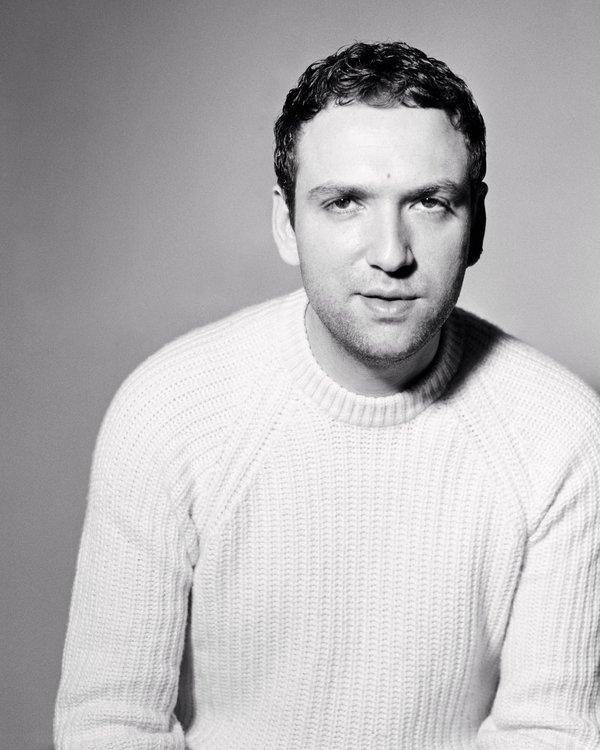The restructuring of Lanvin, the oldest French fashion house in continuous existence and one built on the premise of classic femininity and strength, is finally complete.
On Monday, the brand’s new owner, the Chinese conglomerate Fosun International, and its new chief executive, Jean-Philippe Hecquet, named their new creative director: Bruno Sialelli, a relative unknown from Loewe, the Spanish house, whose most recent job had been in men’s wear. He will be Lanvin’s fourth designer in four years.

Bruno Sialelli, the new creative director at Lanvin.
In choosing Mr. Sialelli, 31, a designer whose training spans both men’s and women’s wear, and uniting both sectors under his leadership, Fosun is readying for a “pivotal new direction” at Lanvin, the fashion brand said in the announcement. One, presumably, that speaks to the gender-fluid present as opposed to the romanticized past, one in which the traditional distinctions between wardrobes are erased (and one that is in line with the exceptionally successful reinventions of brands such as Gucci). And they are doing so by eschewing a star designer in favor of a new name.
Mr. Sialelli’s “singular and very personal vision, his audacity, his culture, his energy and ability to build a strong creative team definitely convinced us,” Mr. Hecquet said in the announcement. He was in China and not available for further comment.
There is a lot riding on the choice, not just for Mr. Sialelli but also for Fosun, a relative newcomer to the luxury industry.
Lanvin was once the darling of the fashion set thanks to the designer Alber Elbaz, who along with the former owner Shaw-Lan Wang revived the house he called a “sleeping beauty” and made it beloved of stars like Meryl Streep and Natalie Portman. But it has recently suffered from poor management, designer churn, plunging revenues and internal strife. After a disagreement with Mrs. Wang, Mr. Elbaz was fired in 2015; he was replaced the next year by Bouchra Jarrar, who lasted only 16 months before also coming into conflict with management. Her successor, Olivier Lapidus, made it half as long.
Though Lanvin men’s wear was overseen for 14 years by Lucas Ossendrijver (who left last November), the house had been largely defined by Mr. Elbaz’s women’s wear, and the result of the chaos after his dismissal was an almost total loss of identity. By the time Fosun bought the company early last year, it was seen as an example of how quickly brand equity and reputation could be destroyed, rather than as a heritage jewel. (The label was founded by Jeanne Lanvin in 1899.)
The one place its storied past did continue to have resonance, however, was in China. At the time of the sale, Joann Cheng, chairwoman of Fosun Fashion Group, said: “As China becomes the main growth driver of the global luxury market, we are confident that Fosun can bring great incremental value to Lanvin with our global resources and expertise, while being absolutely committed to Lanvin’s high luxury positioning.”
Fosun owns the Italian men’s wear brand Caruso, the Austrian hosiery brand Wolford and the American knitwear company St. John, but it had never taken on a turnaround as high-profile as Lanvin. As the Chinese increasingly want to be not just consumers of luxury goods but owners of the brands themselves — with dreams of creating groups to rival the European behemoths Kering and LVMH Moët Hennessy Louis Vuitton — how Fosun handles Lanvin will be a test case of whether they can compete.
Mr. Sialelli is something of a wild card in this. He was at Loewe for about two and a half years under Jonathan Anderson, who is credited with reinventing that brand as an art-and-craft-focused house, but where men’s wear has been a relatively small part of the business. Earlier, Mr. Sialelli had done stints in women’s wear at Acne Studio, Paco Rabanne and Balenciaga. Raised in Marseille, France, he was educated at Studio Berçot in Paris.
The shape, literal and metaphorical, of his new Lanvin may be revealed as early as next month during Paris Fashion Week, making him part of a new guard in fashion that includes Daniel Lee, another youthful unknown making his debut at Bottega Veneta in February.







